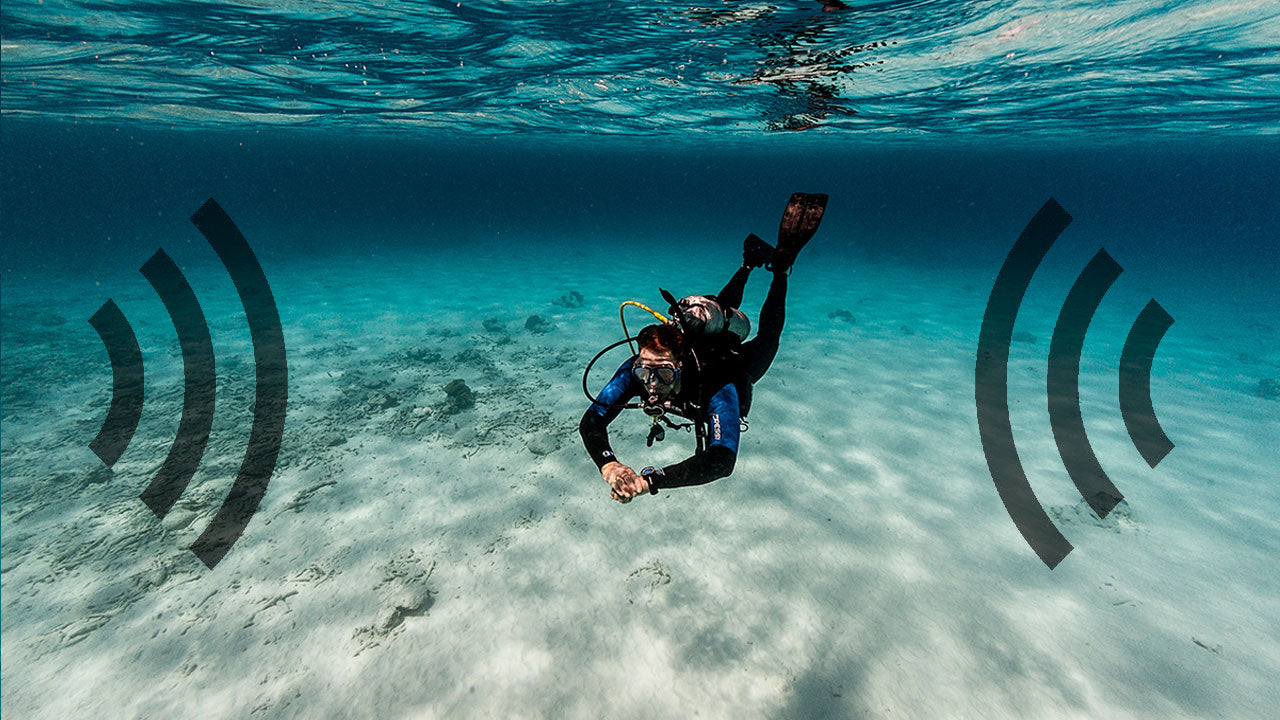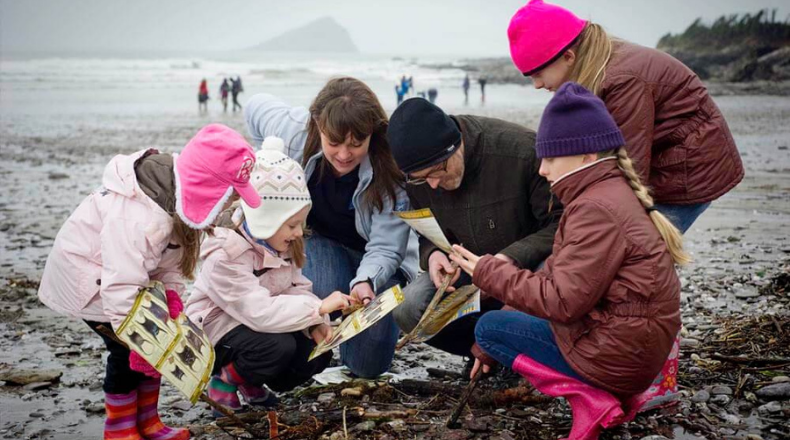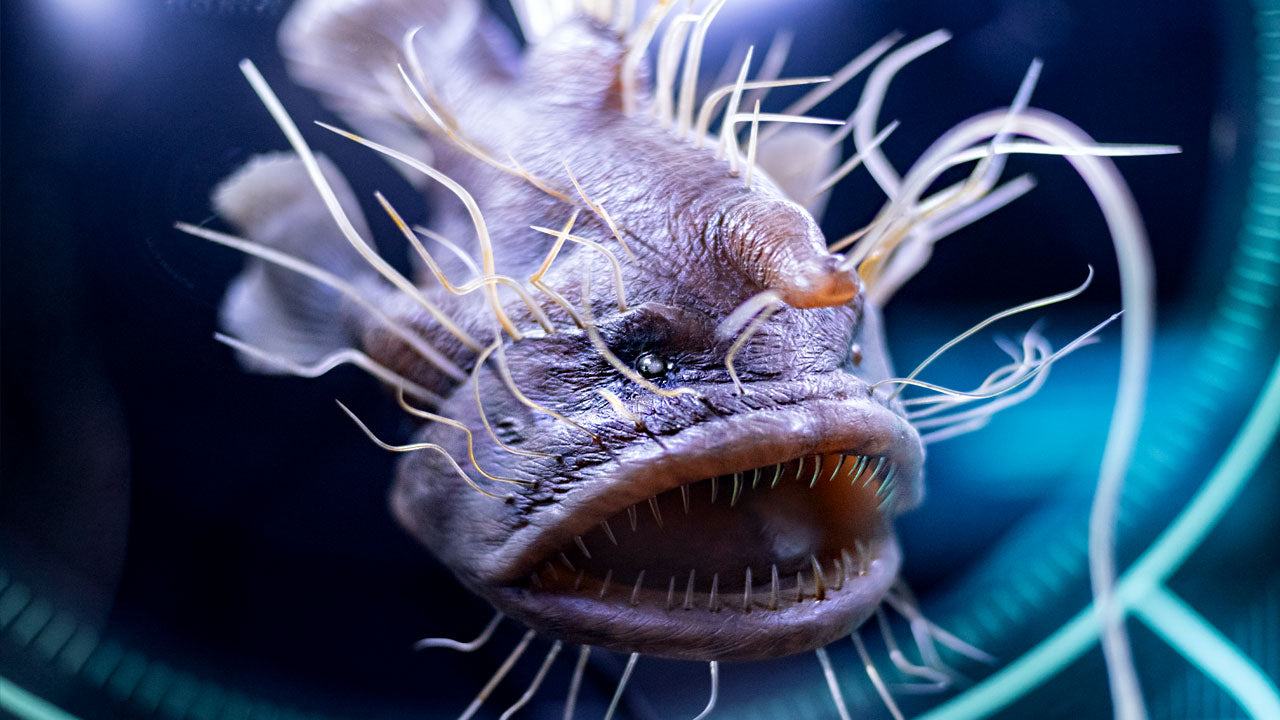Diving and Snorkeling with Turtles - a Sustainable Approach

Sea turtles are among the most incredible and charming creatures populating our oceans. They have existed for over 150 million years, which is long enough to have seen the rise and demise of dinosaurs. So, it doesn't come as a surprise that swimming with these ancient reptiles is one of the most sought after and treasured experiences for many divers and snorkelers around the world. That being said, it is important to remember, that we are guests in the ocean and should treat all marine life with respect.
To ensure that you don’t disturb or harm the turtle, and both you and the animal are comfortable during the encounter, follow these simple guidelines:
1. Be quiet when swimming up to a turtle. Splashing, talking and loud noises may scare the turtle away.
2. Do not get too close. Though there is no minimum distance per se, it is recommended that you stay at least 10 to 20 feet (3 to 6 meters) from all sea turtles, unless they approach you. If the turtle swims towards you, be still and let the animal pass.
3. Always approach turtles from the side. This gives them a clear view of you and a path ahead of them if they want to swim away.
4. Do not swim directly above turtles. They are reptiles and need to come to the surface to breathe, so make sure you leave them enough space to do so.
5. Pay attention to the turtle’s behavior. When encountering a turtle while diving, observe them closely to see what they are doing. Never disturb resting turtles.

6. Do not chase the turtle. Do not circle around the turtle or try to chase it if it swims away. This can cause severe stress to the animal.
7. Do not touch the turtle. Resist the temptation to touch or pet turtles and never ever ride them. Harassing turtles is illegal in many areas.
8. Do not feed turtles. They do not need your help to find food and could accidentally bite you. What’s more, feeding wildlife can condition them to human food and have lasting negative impacts including habituation and poor nutrition.
9. Record respectfully. Keep selfie sticks, GoPro mounts, and other photo equipment out of the turtle’s way, be careful not to poke the animal, no photo is worth disturbing or stressing the wildlife.
10. Don’t hang around for too long. Limit viewing time to maximum 30 minutes to reduce stress on wildlife, less if there is a whole group of people around to give others an opportunity to observe them.
Keep in mind, nearly all seven species of sea turtles are now classified as Endangered. Unfortunately, these much-loved animals face a whole myriad of threats. In addition to following these viewing guidelines and practicing proper ocean etiquette, you can help protect sea turtles by getting involved with one of the dedicated conservation organizations or projects. For further information take a look at: Sea Turtle Conservancy, Olive Ridley Project, Sea Turtle Inc., Sea Turtle Preservation Society and The Leatherback Trust.




